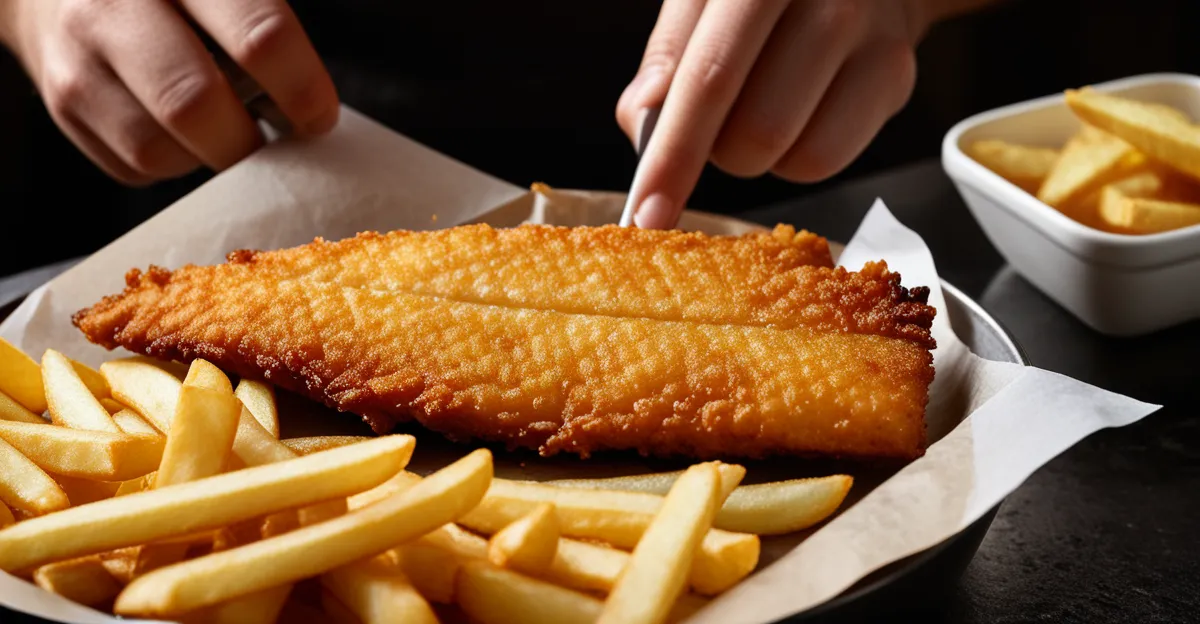Key Techniques for Extra Crispy Fish and Chips
Achieving crispy fish and chips hinges on mastering several key techniques that blend ingredient choice with precise cooking methods. The best batter for fish is crucial: it must be light and crisp, often achieved by mixing plain flour with cornflour to balance crunch and texture. Preparing the batter just before frying prevents gluten development, which can make the coating tough rather than crisp. Incorporating beer or sparkling water introduces carbonation, creating air bubbles that amplify crispiness.
Selecting the right fish and potatoes is equally vital. For fish, firm white varieties like cod or haddock hold up well under frying. Chip crispness benefits from starchy potatoes such as Maris Piper or Russets, which offer a fluffy interior after frying. Potato preparation involves soaking sliced chips to eliminate excess starch and drying them thoroughly to avoid soggy results.
Additional reading : What are the best tips for creating a perfect Yorkshire pudding?
Frying temperature control cannot be overstated: maintaining oil between 175-190°C ensures perfect cooking without absorbing too much oil. High smoke-point oils, like sunflower or peanut oil, are ideal for retaining flavor and enduring repeated use. Whether using a deep fryer or a heavy pan, steady temperature and appropriate equipment are necessary to lock in that signature crispy texture.
Frying Methods and Temperature Control
Maintaining the right deep frying temperature is essential for achieving consistently crispy fish and chips. The oil temperature should stay between 175°C and 190°C; this range cooks the batter quickly to create a golden, crisp exterior while ensuring the fish and chips cook through without becoming greasy. Fluctuations below this range cause excessive oil absorption, resulting in soggy texture rather than the desired crunch.
Also to read : What are the essential tips for baking a rich and moist Victoria sponge cake?
Selecting the appropriate oil for frying fish and chips is equally important. Oils with a high smoke point like sunflower, peanut, or vegetable oil are preferable because they resist burning and preserve the flavor integrity of your dish. Avoiding low smoke point oils reduces the risk of off-flavors and harmful compounds forming during frying.
Regarding kitchen equipment tips, a dedicated deep fryer offers the most consistent temperature regulation, but a heavy-bottomed pan with a thermometer can also work if monitored carefully. It’s vital to avoid overcrowding the pan or fryer; adding too many pieces at once lowers oil temperature sharply, leading to uneven cooking and loss of crispness. Ensuring proper heat control and equipment use elevates homemade fish and chips to professional standards every time.











